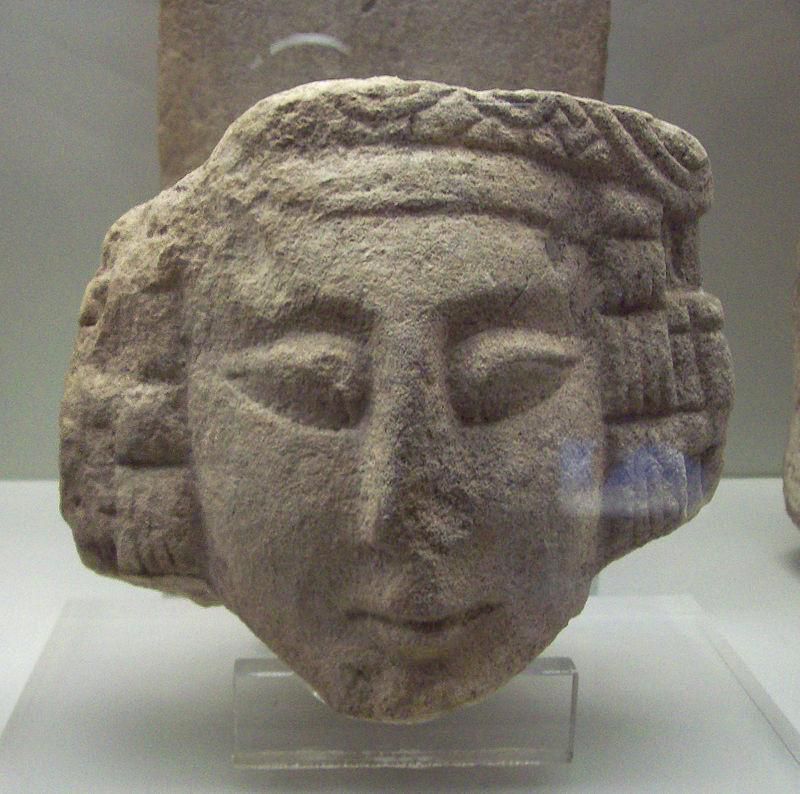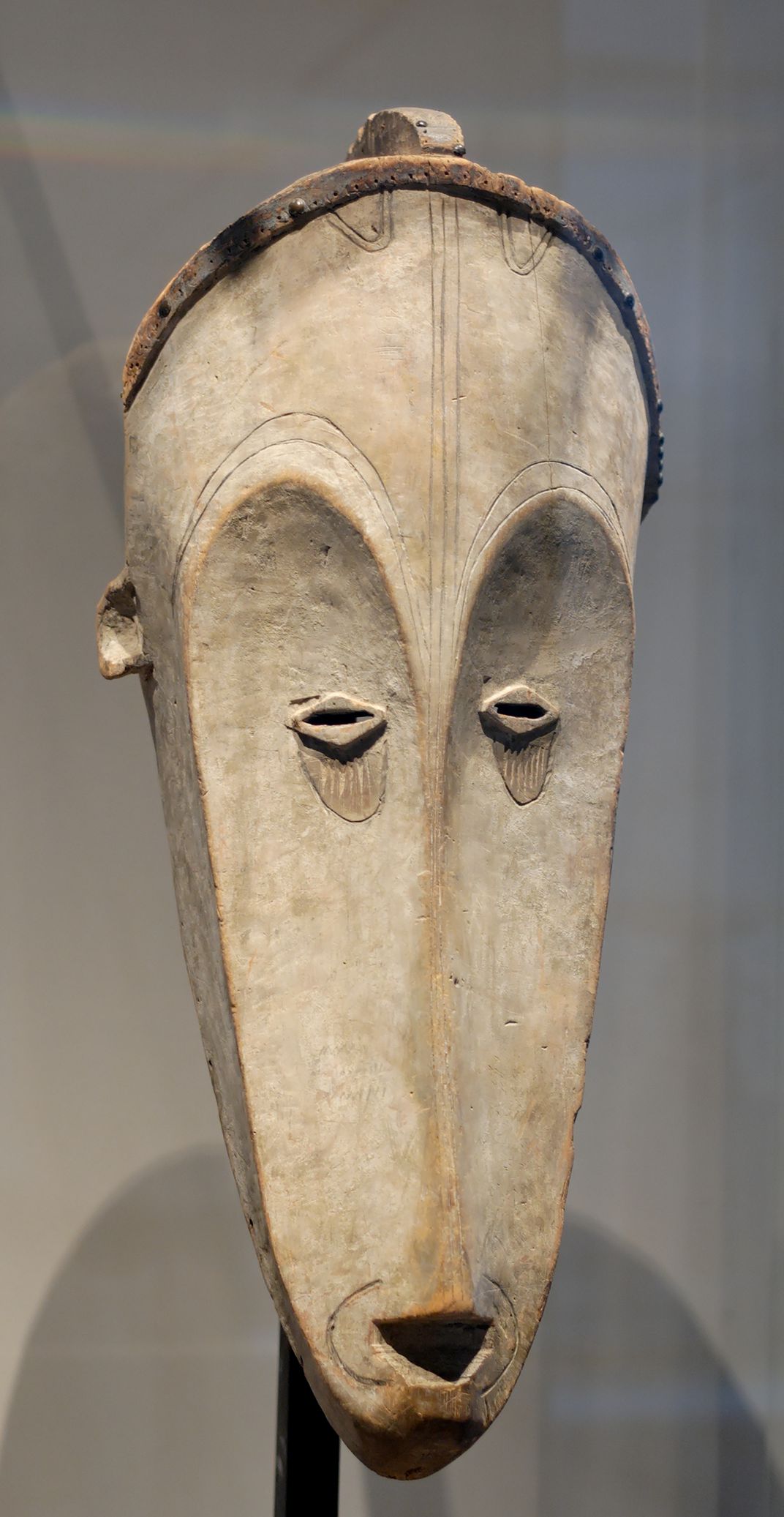A small mollusk known as the sea squirt does something strange. It swims around early in its life, eventually finds a place to attach like a barnacle, and then absorbs its own brain for nutrition. Why? Because it no longer needs its brain. It’s found its permanent home. The brain is what allowed it to identify and decide on its place to anchor, and now that the mission is accomplished, the creature rebuilds the nutrients of its brain into other organs. The lesson from the sea squirt is that brains are used for seeking and decision-making. As soon as an animal is settled in one place, it no longer needs its brain.
Even the most committed couch potato among us wouldn’t eat his own brain, and this is because humans don’t have a settling point. Our constant itch to combat routine makes creativity a biological mandate. What we seek in art and technology is surprise, not simply a fulfillment of expectations. As a result, a wild imagination has characterized the history of our species: we build intricate habitats, devise recipes for our food, dress in ever-changing plumage, communicate with elaborate chirps and howls, and travel between habitats on wings and wheels of our own design. No facet of our lives goes untouched by ingenuity.
Thanks to our appetite for novelty, innovation is requisite. It’s not something that only a few people do. The innovative drive lives in every human brain, and the resulting war against the repetitive is what powers the colossal changes that distinguish one generation from the next, one decade from the next, one year from the next. The drive to create the new is part of our biological makeup. We build cultures by the hundreds and new stories by the millions. We surround ourselves with things that have never existed before, while pigs and llamas and goldfish do not.
But where do our new ideas come from?
Across the spectrum of human activities, prior art propels the creative process. Consider the early automobile industry. Before 1908, building a new car was laborious. Each vehicle was custom built, with different parts assembled in different places and then painstakingly brought together. But Henry Ford came up with a critical innovation: he streamlined the entire process, putting the manufacture and assembly under one roof. Wood, ore, and coal were loaded in at one end of the factory, and Model Ts were driven out the other. His assembly line changed the way the cars were built: “Rather than keeping the work on assembly stands and moving the men past it, the assembly line kept the men still and moved the work.” Thanks to these innovations, cars drove off the factory floor at an unprecedented rate. An enormous new industry was born.
But Ford’s idea of the assembly line had a long genealogy. Eli Whitney had created munitions with interchangeable parts for the US Army in the early nineteenth century. This innovation enabled a damaged rifle to be repaired using parts salvaged from other weapons. For Ford, this idea of interchangeable parts was a boon: rather than tailoring parts for individual cars, parts could be made in bulk. Cigarette factories of the previous century had sped up production using continuous flow production – moving the assembly through an orderly sequence of steps. Ford saw the genius in this, and followed suit. And the assembly line itself was something Ford learned about from the Chicago meatpacking industry. Ford later said, “I invented nothing new. I simply assembled into a car the discoveries of other men behind whom were centuries of work.”
The mining of history happens not only in technology, but in the arts as well. Samuel Taylor Coleridge was the consummate Romantic poet: passionate, impulsive, with a feverish imagination. He wrote his poem “Kubla Khan” after an opium-induced dream. Here was a poet seemingly in conversation with the Muses.
But after Coleridge died, the scholar John Livingston Lowes painstakingly dissected Coleridge’s creative process from his library and diaries. Poring over Coleridge’s notes, Lowes found that the books lining the poet’s study “rained … their secret influence on nearly everything that Coleridge wrote in his creative prime.” For instance, Lowes traced lines in Coleridge’s “Rime of the Ancient Mariner” about sea creatures whose every track / Was a flash of golden fire to the doomed explorer Captain Cook’s account of fluorescent fish creating an artificial fire in the water.8 He attributed Coleridge’s depiction of a bloody Sun to a description in Falconer’s poem “The Shipwreck” of the sun’s sanguine blaze. In passage after passage, Lowes found influences living on Coleridge’s shelf; after all, when Coleridge wrote the poem, he had never even been on a boat. Lowes concluded that Coleridge’s fiery imagination was fueled by identifiable sources in his library. Everything had a genealogy. As Joyce Carol Oates has written, “[The arts], like science, should be greeted as a communal effort – an attempt by an individual to give voice to many voices, an attempt to synthesize and explore and analyze.”
As Whitney’s rifle was to Henry Ford, Coleridge’s library was to him: a resource to digest and transform.
But what about an idea, invention or creation that represents a leap forward unlike anything in seven hundred years? After all, that is how Richardson described Picasso’s painting Les Demoiselles d’Avignon.
Even in a work as original as that, we can trace its genealogy. A generation before Picasso, progressive artists had started to move away from the hyperrealism of the nineteenth-century French establishment. Most notably, Paul Cézanne, who died the year before Les Demoiselles was painted, had broken apart the visual plane into geometric shapes and blotches of color. His Mont Sainte-Victoire resembles a jigsaw puzzle. Picasso later said that Cézanne was his “one and only master.”
Other features of Les Demoiselles were inspired by a painting owned by one of Picasso’s friends: El Greco’s seventeenth-century altarpiece Apocalyptic Vision. Picasso made repeated visits to see the altarpiece and modeled the clustered grouping of his prostitutes on El Greco’s crowding of his nudes. Picasso also modeled the shape and size of Les Demoiselles on the altarpiece’s unusual proportions.
And Picasso’s painting incorporated more exotic influences. A few decades earlier, the artist Paul Gauguin had flouted convention by abandoning his wife and children and moving to Tahiti. Living in his private Eden, Gauguin incorporated indigenous art into his paintings and woodcuts. Picasso noticed.
Picasso was fascinated by indigenous art, especially from his native Spain. One day, a friend of Picasso’s slipped past a sleeping guard in one of the Louvre galleries and walked off with two Basque artifacts, which he then sold to Picasso for fifty francs. Picasso later pointed out the similarity between the stolen Iberian sculptures and the faces he had painted, noting that ‘the general structure of the heads, the shape of the ears and the delineation of the eyes’ are the same. Richardson writes, “Iberian sculpture was very much Picasso’s discovery … No other painter had staked a claim to it.”
While Picasso was working on Les Demoiselles, there was an exhibition of African masks at a nearby museum. In a letter to a friend, Picasso wrote that the idea for Les Demoiselles came to him the very day he visited the exhibit. He later changed his story, claiming that he had visited the museum only after Les Demoiselles was complete. Nevertheless, there is an unmistakable resemblance between the African masks and one of the most radical features of Les Demoiselles: the mask-like visages of two of the prostitutes.
Picasso mined the raw materials that surrounded him, and by doing so he was able to bring his culture somewhere it had never been before. Excavating Picasso’s influences in no way diminishes his originality. His peers all had access to the same sources that he did. Only one lashed these influences together to create Les Demoiselles.
Just as nature modifies existing animals to create new creatures, so too the brain works from precedent. More than 400 years ago, the French essayist Michel de Montaigne wrote, “Bees plunder the flowers here and there, but afterward they make of them honey, which is all theirs … Even so with the pieces borrowed from others; he will transform and blend them to make a work of his own.” Or as modern science historian Steven Johnson puts it, “We take the ideas we’ve inherited or that we’ve stumbled across, and we jigger them together into some new shape.”
Whether manufacturing cars, or launching modern art, creators remodel what they inherit. They absorb the world into their nervous systems and manipulate it to create possible futures. Consider graphic artist Lonni Sue Johnson, a prolific illustrator who made covers for the New Yorker. In 2007, she suffered a nearly fatal infection that crippled her memory. She survived, but found herself living in a fifteen-minute window of time, unable to recall her marriage, her divorce, or even people she’d met earlier in the day. The basin of her memories was largely emptied, and the ecosystem of her creativity dried up. She stopped painting because she could think of nothing to paint. No internal models swirled inside her head, no new ideas for the next combination of things she’d seen before. When she sat down in front of her paper, there was nothing but a blank. She needed the past to be able to create the future. She had nothing to draw upon, and therefore nothing to draw. Creativity relies on memory.
But surely there are eureka moments, when someone is suddenly struck by an idea that materializes from nowhere? Take, for example, an orthopedic surgeon named Anthony Cicoria, who in 1994 was speaking to his mother on an outdoor payphone when he was struck by a bolt of lightning. A few weeks later, he unexpectedly began composing. In subsequent years, introducing his “Lightning Sonata,” he spoke of his music as being given to him from “the other side.” If ever there were an example of creativity originating out of the thin air, this might be it: a non-musician suddenly starting to compose.
But, on closer inspection, Cicoria also turns out to rely on the raw materials around him. He recounts that, after his accident, he developed a strong desire to listen to nineteenth-century piano music. It is difficult to know what the lightning strike did to Cicoria’s brain, but it is clear that he rapidly absorbed that musical repertoire. Although Cicoria’s music is beautiful, it shares the same structure and progression as the composers he was listening to –composers such as Chopin, who preceded him by almost two centuries. Just like Lonni Sue Johnson, he required a storehouse of materials to mine. His sudden desire to compose may have come from out of the blue, but his basic creative process did not.
Many people have figuratively stood in thunderstorms, waiting for the creative lightning to strike. But creative ideas evolve from existing memories and impressions. Instead of new ideas being lit aflame by lightning bolts, they arise from the interweaving billions of microscopic sparks in the vast darkness of the brain.
From The Runaway Species: How Human Creativity Remakes the World. Used with permission of Catapult. Copyright 2017 by Anthony Brandt and David Eagleman.


